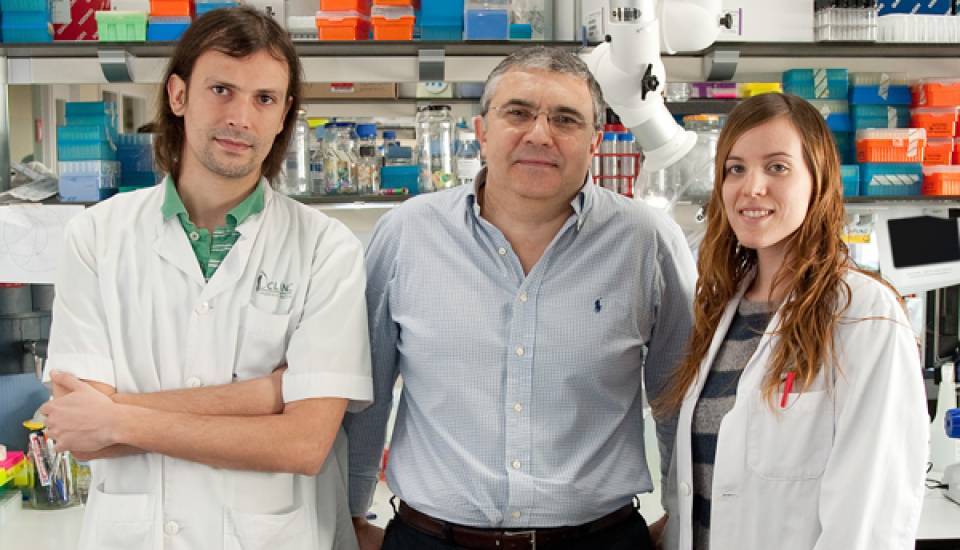Sepsis is a serious clinical condition, which affects over 20 million people worldwide every year, accounting for more deaths than breast cancer, prostate cancer and AIDS together. Although its burden is greater in developing countries (it is the leading cause of maternal and infant death), its incidence also increases in developed countries due to the emergence of bacterial strains resistant to antibiotics, the increasingly frequent situations immunosuppression both natural (eg, aging and prematurity) or induced (eg, chemo- or radio-therapy in cancer, administration of immunosuppressive drugs in autoimmune diseases as well as in organ or hematopoietic transplantation) or invasive surgical procedures (eg, joint prosthesis or implantation of intra-abdominal surgery). The devastating effects of sepsis appear after a disproportionate inflammatory response by the immune system to fight infection, which on the contrary harms vital organs and ultimately leads the patient into a state of severe immunosuppression.
It is therefore a complex entity which requires a quick diagnosis and treatment, because time is crucial for patient survival. The problem is that it is difficult to select the most appropriate combination of antibiotics in each case because there is no time to perform necessary diagnostic tests to identify the responsible pathogen. Furthermore, although it can destroy the infectious agent, toxins released by it could continue to circulate and stimulate inflammatory immune response. The use of the CD6 molecule, proposed by IDIBAPS’ researchers in collaboration with the company ImmunNovative Developments, has been proven effective in the prevention and treatment of animal models with induced monomicrobial sepsis of abdominal origin.
A single dose of human CD6 was used to treat mice which had been inoculated with a lethal dose of bacteria (multiresistant or not) or its toxins. This molecule, which binds highly conserved portions of bacteria and thus has a broad antibacterial spectrum, avoided the overactivation of the antiinfectious inflammatory response and facilitated removal of bacteria and their toxins, significantly increasing the survival of animals. It is a non-antibiotic therapy, based on a protein with remarkable antibacterial and anti-inflammatory activity and lacking of antibiotic associated immunogenicity and toxicity (over the kidney, liver, etc.).
The research will continue to analyze the beneficial effect of the protein in more complex models of infection (poly-microbial) and its administration combined with antibiotics commonly used in the treatment of sepsis. On the other hand, another area where progress is expected is the possible prevention of the immunosuppression state common in patients who survive sepsis, which is responsible for a high morbidity/mortality in the months following the infection.
Article reference: Martínez-Florensa M, Consuegra-Fernández M, Martínez VG, Cañadas O, Armiger-Borràs N, Bonet-Roselló L, Farrán A, Vila J, Casals C, Lozano F. Targeting of Key Pathogenic Factors From Gram-Positive Bacteria by the Soluble Ectodomain of the Scavenger-Like Lymphocyte Receptor CD6. J Infect Dis. 2013 Dec 19. [Epub ahead of print] Read the abstract

